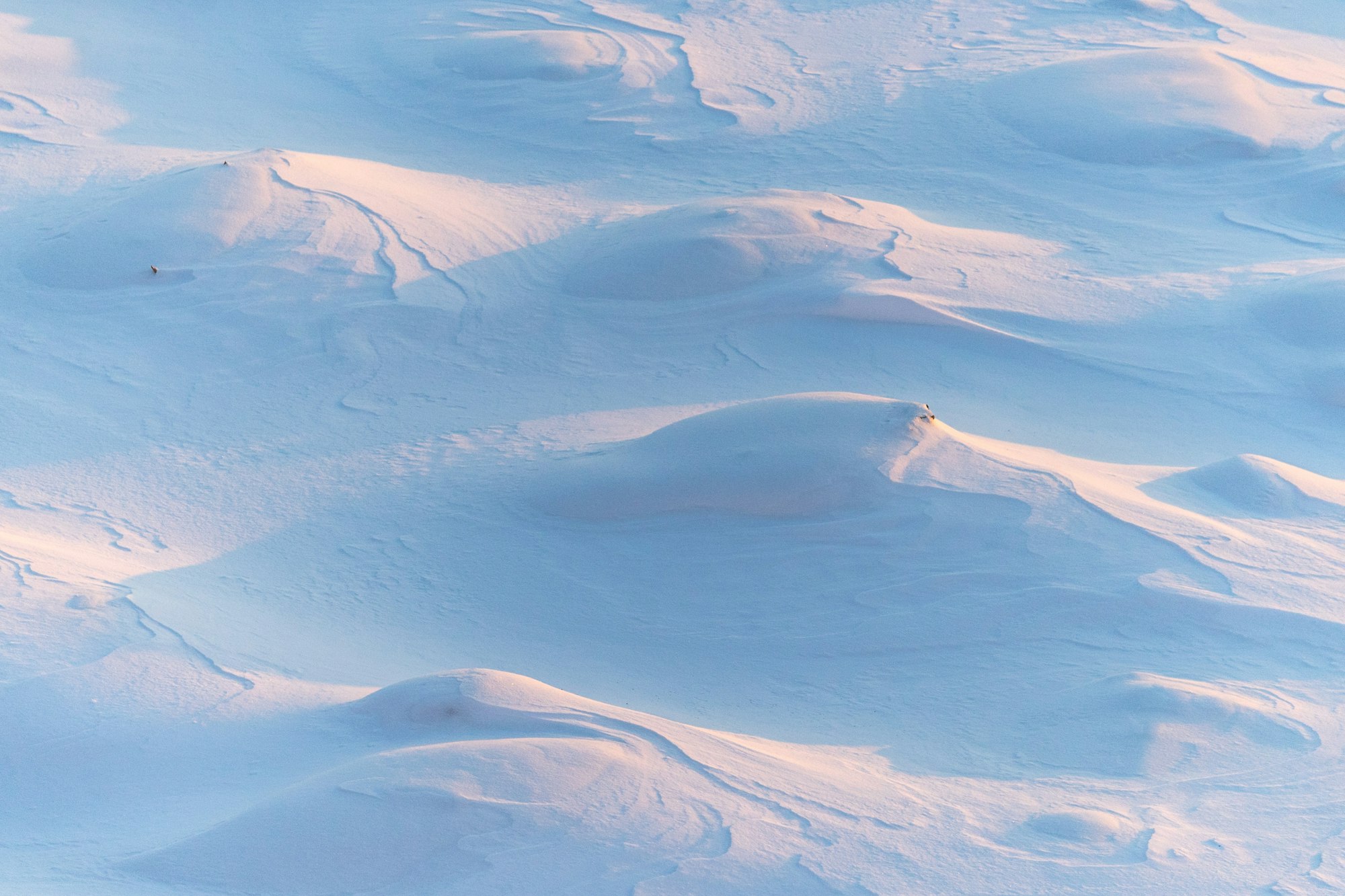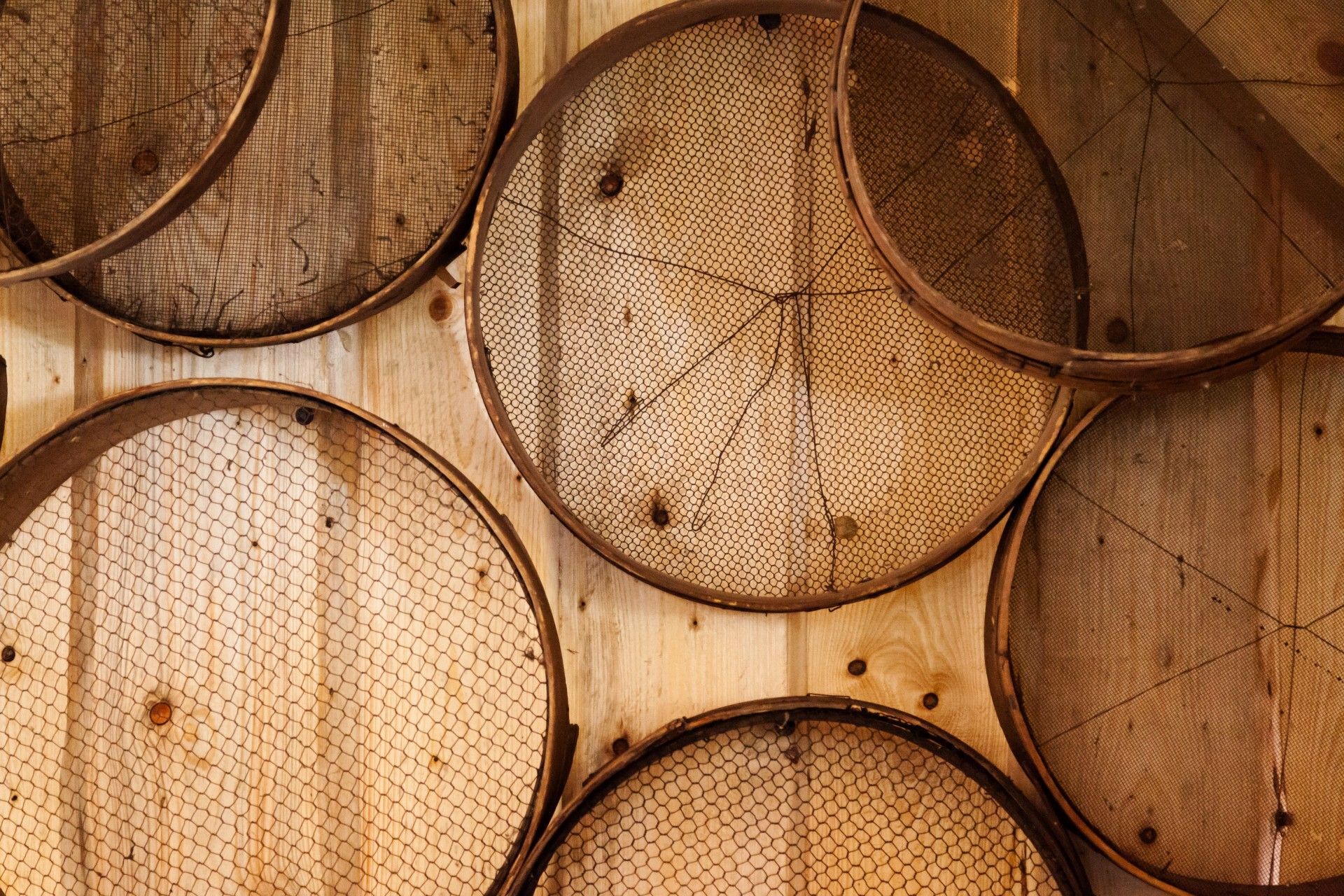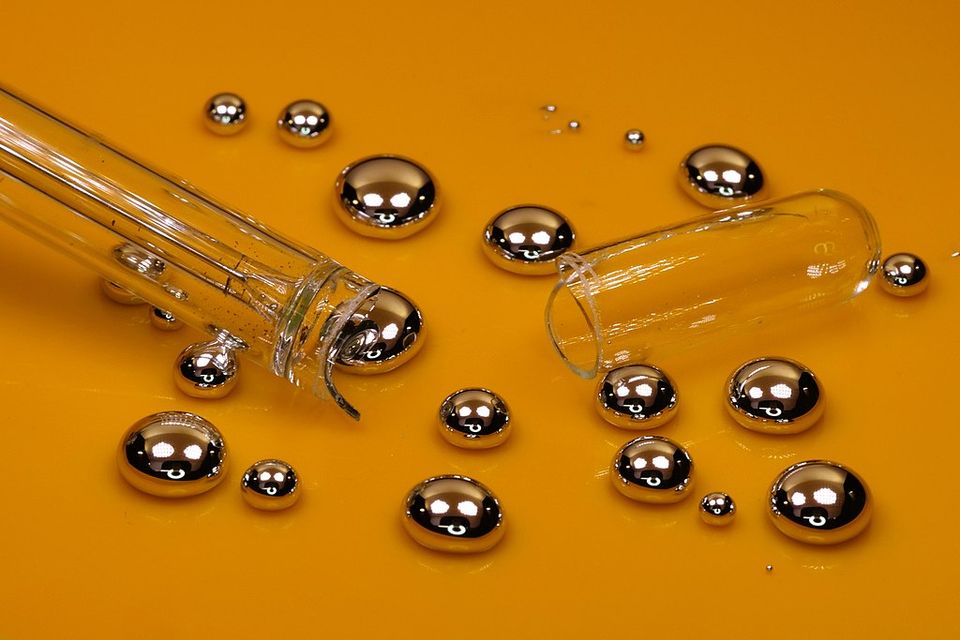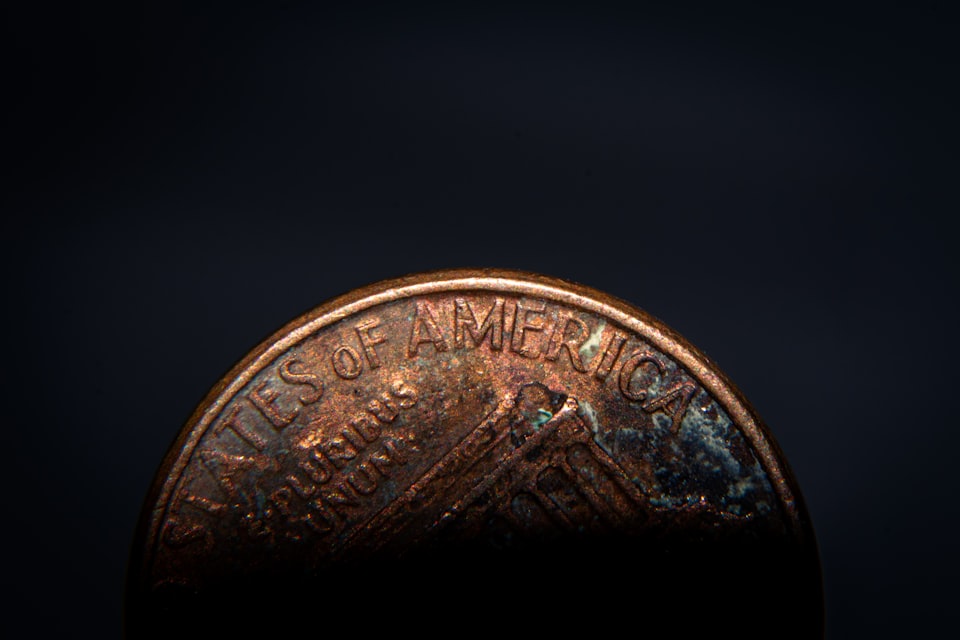VII: Topsoil
Let's talk about whether or not terroir exists

Good morning. Today is septidi, the 7th of Nivôse, Year CCXXXI. We celebrate la terre végétale, dirt that's ready to make things grow.
Is terroir real? The French government definitely thinks so, defining and enforcing several appellations on the basis of terroir, including, famously, champagne. But questions abound about the precise definition of "terroir" since what matters seems to fit whatever unique features a particular location seeks to tout. Sometimes terroir comes from the soil, sometimes the water, sometimes the pitch of the slope, and sometimes the mineral composition of the bedrock.
If we're feeling frisky, we could say it's an "all of the above" situation, where terroir is comprised of all the factors that combine to make a spot on Earth unique. But do these vibes really impart anything measurable to the food grown there? Or are we just giving ourselves a pleasurable placebo?



